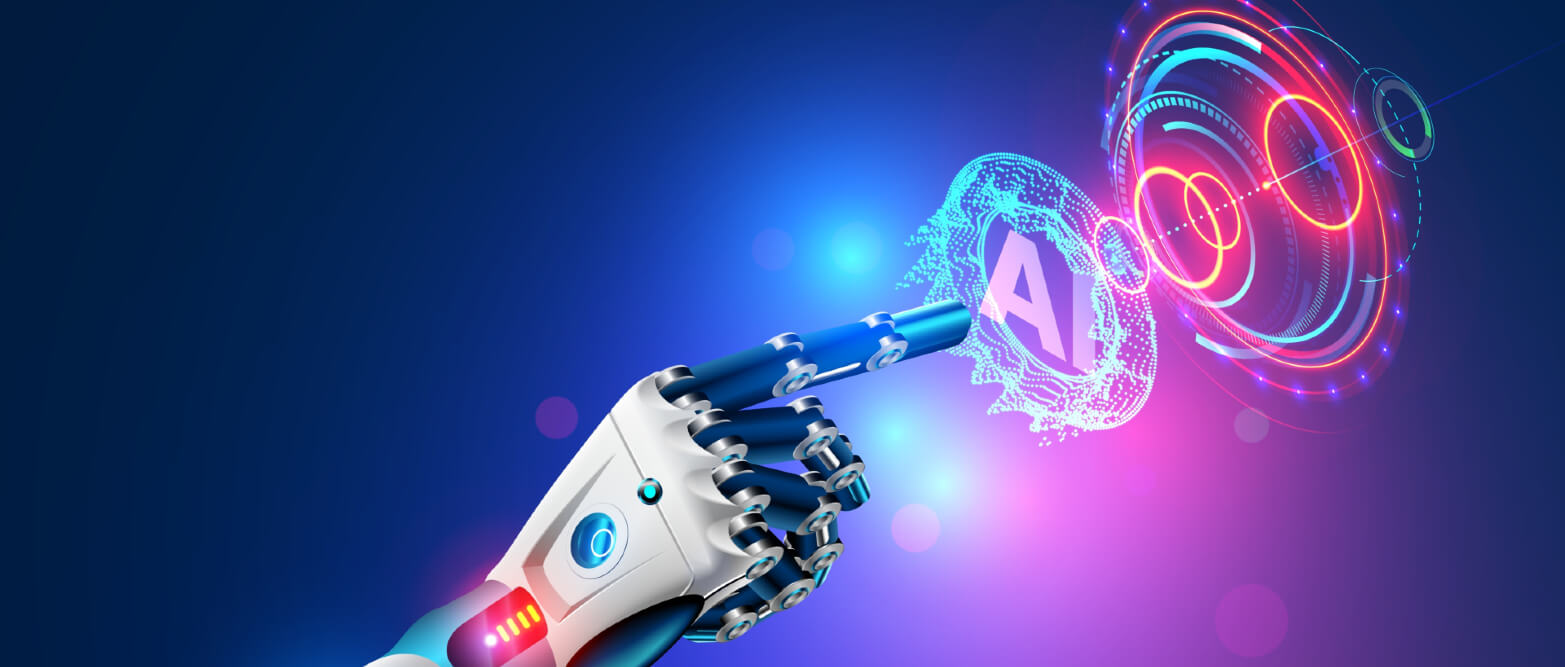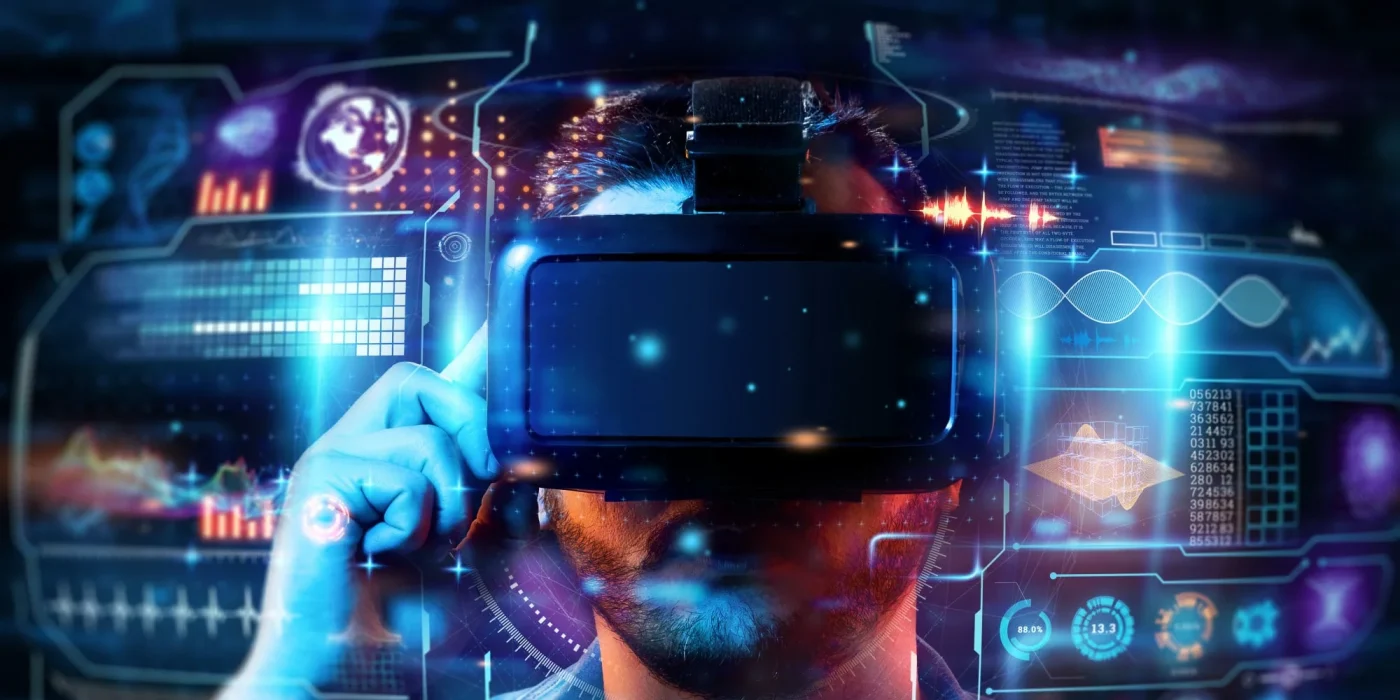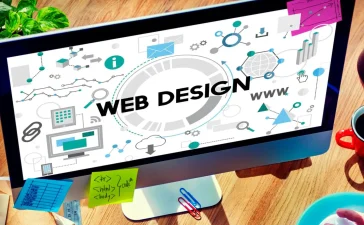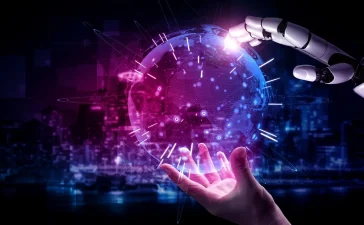The internet has come a long way since its early days of static web pages and dial-up connections. What began as a system for sharing academic research has now evolved into the backbone of global communication, commerce, entertainment, and information. As we look ahead, the web is undergoing yet another transformation, driven by groundbreaking technologies that are reshaping how we interact with the digital world.
From AI and blockchain to immersive experiences like AR/VR, today’s innovations are not just upgrades—they’re rewriting the rules of the internet itself. This post explores the most influential technologies in web and tech right now, how they’re being used, and what the future may hold.
1. Web3: A Decentralized Vision for the Internet
One of the biggest shifts currently underway is the move toward Web3—a decentralized version of the internet that gives users greater control over their data, identity, and digital assets.
At its core, Web3 is powered by blockchain technology, enabling:
-
Peer-to-peer interactions without intermediaries
-
Ownership of digital content and assets (NFTs)
-
Decentralized applications (dApps) that run on public ledgers
-
Smart contracts that automate transactions and agreements
This decentralized structure is designed to fix many of the issues seen in Web2, such as:
-
Over-reliance on big tech companies
-
Data privacy concerns
-
Monetization models that exploit users
Web3 projects like Ethereum, Filecoin, and IPFS are already reshaping the way we think about digital trust, security, and ownership.

2. Artificial Intelligence (AI): Automating and Personalizing the Web
AI is no longer the stuff of science fiction—it’s the driving force behind many of the digital services we use daily. In the web and tech landscape, AI is transforming user experiences through:
-
Personalized recommendations (like those on Netflix, Spotify, and YouTube)
-
Automated customer support via chatbots
-
Voice search and smart assistants
-
Predictive content and ad targeting
AI also powers backend development by improving website performance, detecting threats, and even writing code with tools like GitHub Copilot.
The emergence of generative AI, such as GPT and DALL·E, has made it possible to create content (text, images, code) with minimal human input—redefining productivity and creativity online.
3. Progressive Web Apps (PWAs): Blending Web and Mobile
In today’s mobile-first world, users expect fast, responsive experiences across all devices. Enter Progressive Web Apps (PWAs)—a hybrid of websites and mobile apps that deliver:
-
Offline functionality
-
Push notifications
-
Fast load times
-
App-like navigation and responsiveness
Unlike native apps, PWAs don’t require downloads from app stores, reducing friction for users. Companies like Twitter, Pinterest, and Starbucks have adopted PWAs to improve performance and user engagement across platforms.
For developers and businesses, PWAs offer a cost-effective way to maintain a single codebase while reaching a wide audience.
4. The Metaverse: Immersive Digital Spaces
The concept of the metaverse—a shared, persistent, 3D virtual world—has captured the imagination of both technologists and consumers. While still in its infancy, it’s being built through the convergence of:
-
Virtual reality (VR)
-
Augmented reality (AR)
-
3D engines like Unity and Unreal
-
Blockchain and digital ownership (NFTs)
-
Spatial computing
Major players like Meta (formerly Facebook), Apple, and Microsoft are investing billions into developing the metaverse, with applications spanning gaming, education, remote work, and virtual commerce.
Imagine attending virtual concerts, walking through digital showrooms, or collaborating with colleagues in a virtual office—all from your browser or headset. The metaverse promises to redefine interaction and blend physical and digital worlds.
5. Cybersecurity: Protecting the Modern Web
As web technology advances, so too do the threats. Data breaches, phishing attacks, and malware continue to pose serious risks to users and businesses. Modern cybersecurity is now a non-negotiable component of web development and IT infrastructure.
Emerging solutions include:
-
Zero Trust architecture (never trust, always verify)
-
Multi-factor authentication (MFA)
-
AI-driven threat detection and response
-
Blockchain for secure data validation
-
End-to-end encryption for data privacy
With regulations like GDPR and CCPA holding companies accountable, building secure-by-design web platforms is more important than ever.
6. Low-Code and No-Code Platforms: Democratizing Web Development
Gone are the days when building a website or app required deep programming knowledge. Low-code and no-code tools like Webflow, Bubble, and Wix are empowering entrepreneurs, marketers, and small businesses to build robust digital experiences without writing a single line of code.
Benefits include:
-
Rapid prototyping and deployment
-
Lower development costs
-
Greater creative freedom for non-technical users
-
Easy integration with APIs and databases
This democratization of development is leading to a more diverse and agile digital ecosystem—where ideas can be brought to life faster than ever.
7. 5G and Edge Computing: Speeding Up the Web
Faster networks mean more powerful experiences. The rollout of 5G is revolutionizing how users interact with the web, especially in mobile and IoT applications. It offers:
-
Lightning-fast download speeds
-
Lower latency for real-time interaction
-
Greater reliability and connectivity
Combined with edge computing, which processes data closer to the source rather than relying on centralized servers, developers can now build ultra-responsive, data-heavy applications like real-time AR, autonomous systems, and remote healthcare tools.
Together, these technologies support a new wave of innovation that depends on speed, scale, and low latency.
8. Green Tech and Sustainable Web Practices
As energy consumption and climate change become global concerns, the web tech industry is shifting toward sustainability. Green hosting, efficient coding, and optimized infrastructure are becoming critical to reduce the environmental impact of digital services.

Sustainable practices include:
-
Hosting websites on renewable-energy-powered servers (e.g., GreenGeeks, Google Cloud)
-
Reducing image sizes and HTTP requests to cut bandwidth use
-
Using static site generators like Hugo or Jekyll
-
Implementing dark mode for energy savings on OLED devices
Consumers and regulators alike are pushing for greener digital solutions, and businesses that adopt these practices are likely to earn trust and future-proof their services.
9. The Future of the Web: A Smarter, More Inclusive Internet
Looking forward, the next iteration of the web is expected to be:
-
More intelligent: Thanks to AI, websites and apps will adapt in real-time to user needs, preferences, and behavior.
-
More accessible: Advances in speech recognition, alt-text automation, and language translation will make the web more inclusive for users with disabilities and diverse linguistic backgrounds.
-
More open: The push for open-source tools, decentralized platforms, and data portability will help users regain control over their digital identities.
-
More immersive: As AR and VR mature, users will experience the internet not as a flat screen but as a 3D, interactive environment.
In short, the web is becoming not just a tool—but an extension of human experience.
Conclusion: Embracing the Tech-Forward Future
The web is in a constant state of evolution. What worked yesterday may be obsolete tomorrow. For developers, entrepreneurs, content creators, and users, staying informed and adaptable is key to thriving in this fast-changing ecosystem.
By embracing these emerging technologies—AI, Web3, PWAs, cybersecurity, and beyond—we’re not just building better websites; we’re building a smarter, more inclusive, and more dynamic digital future for all.





